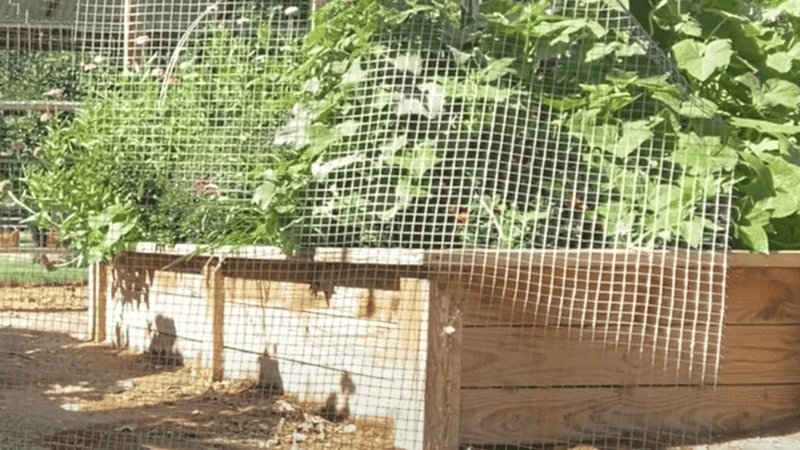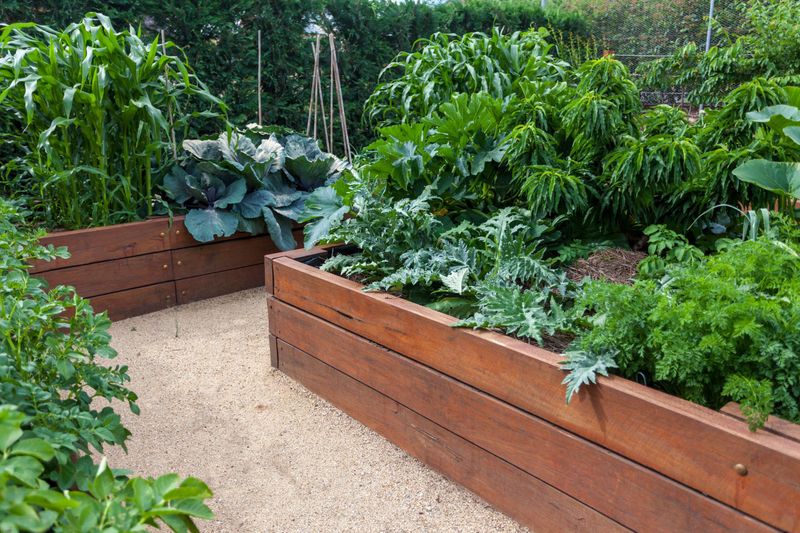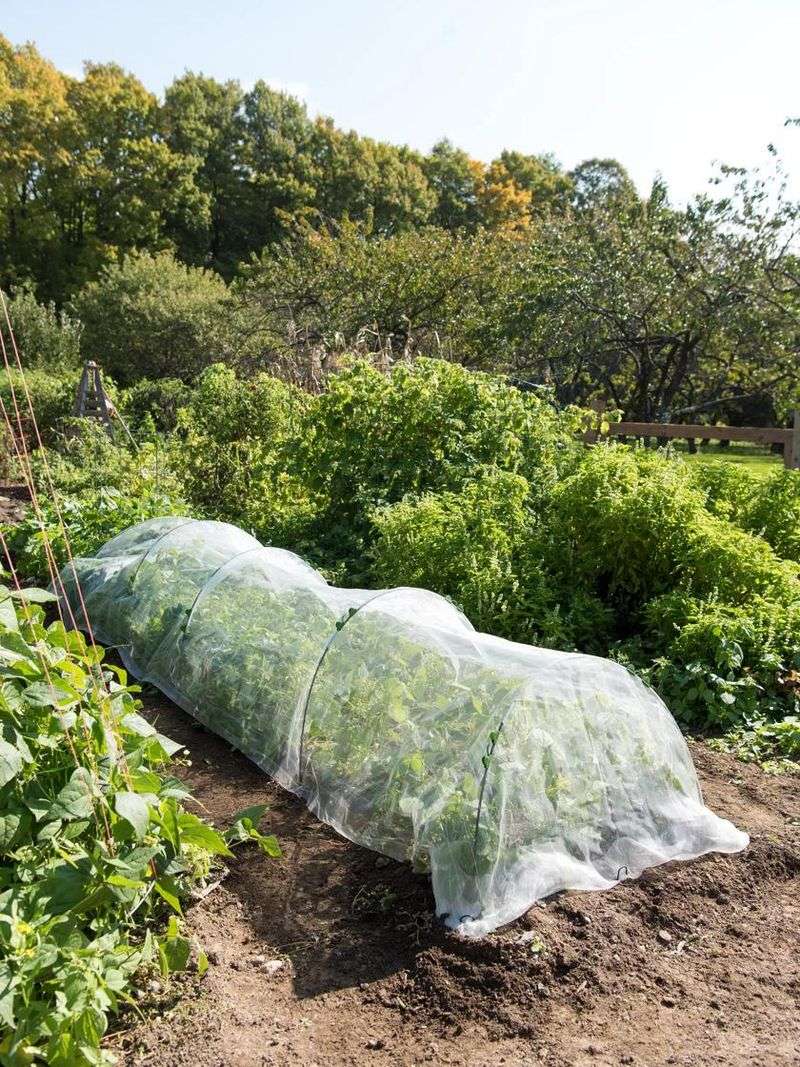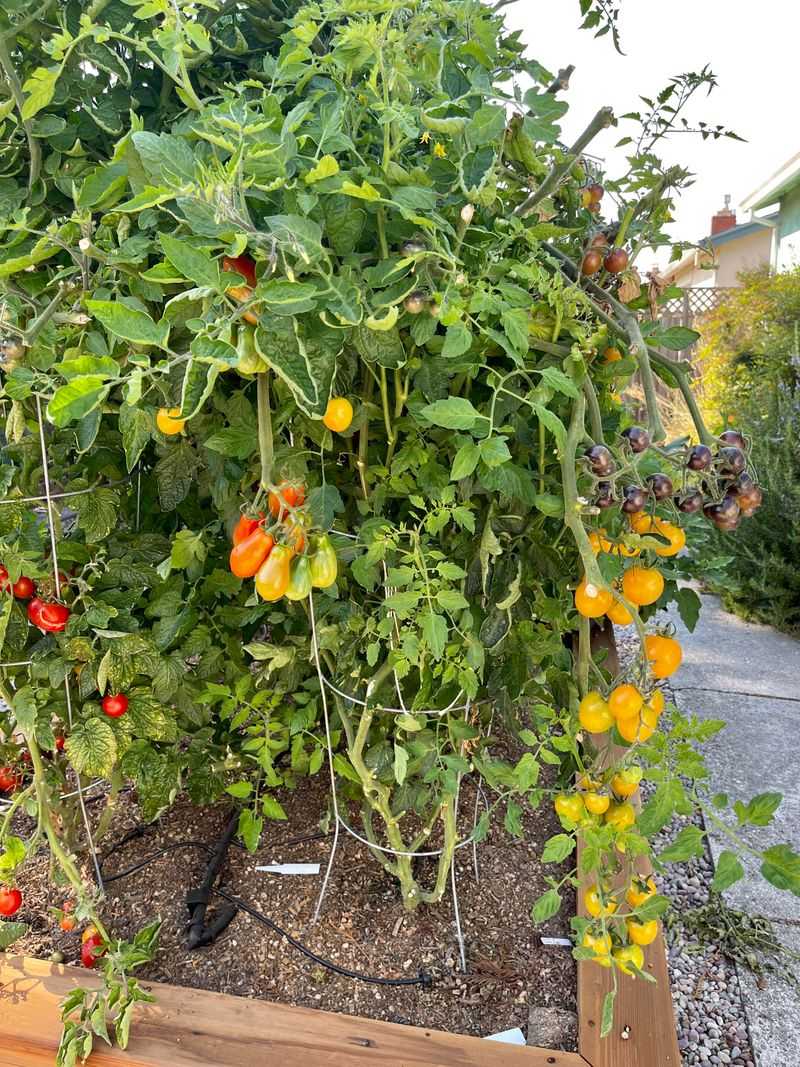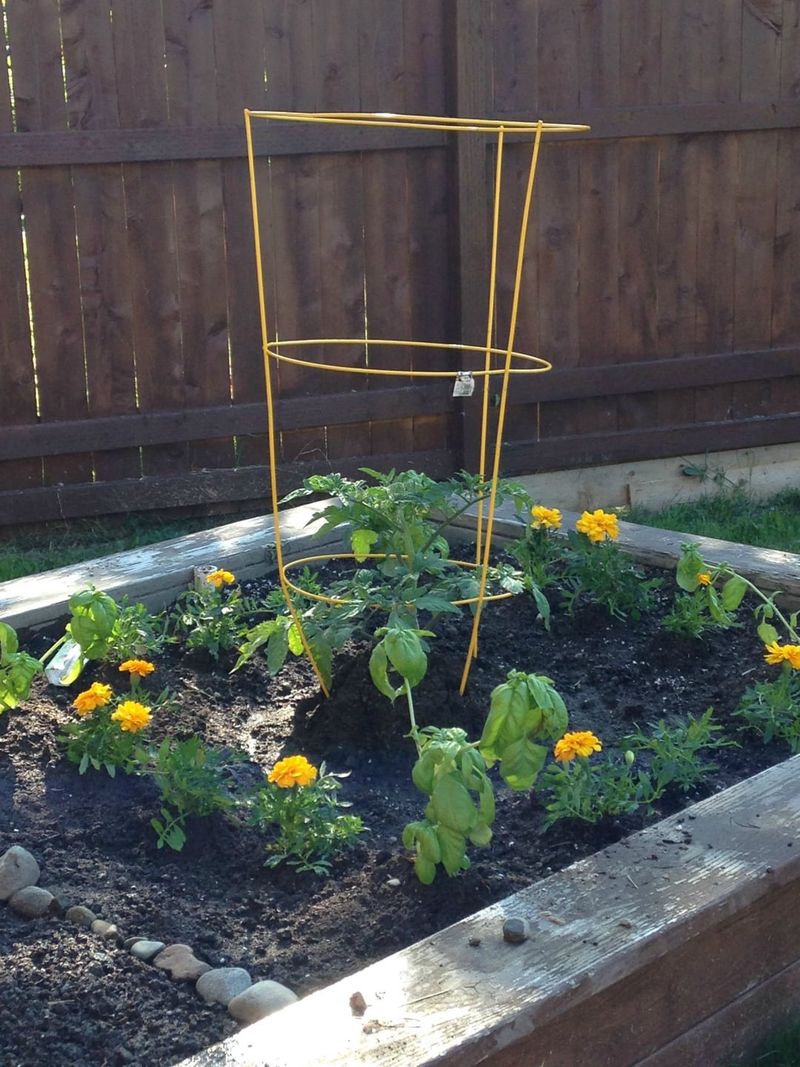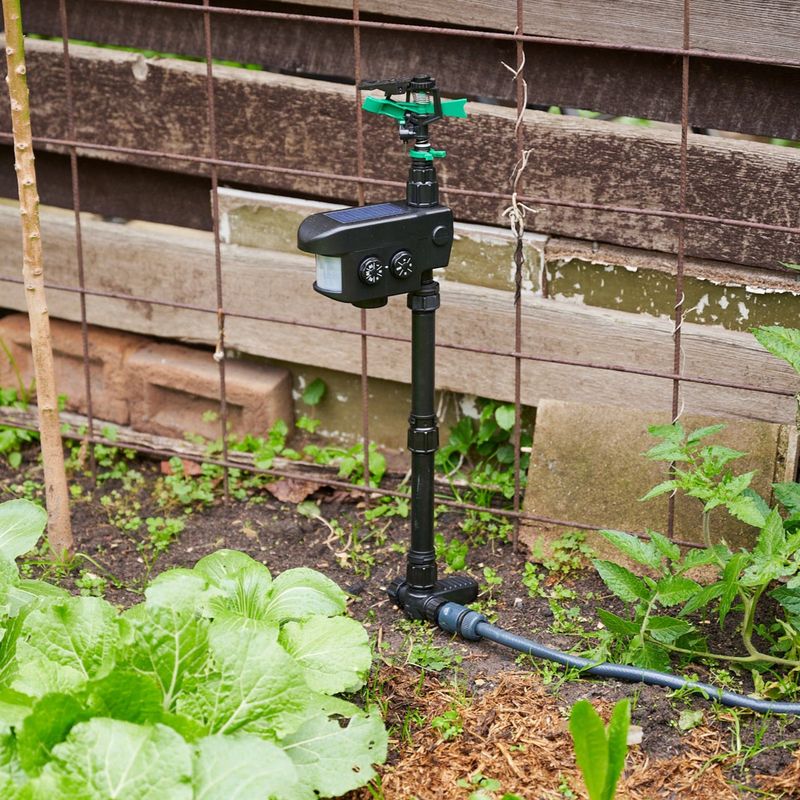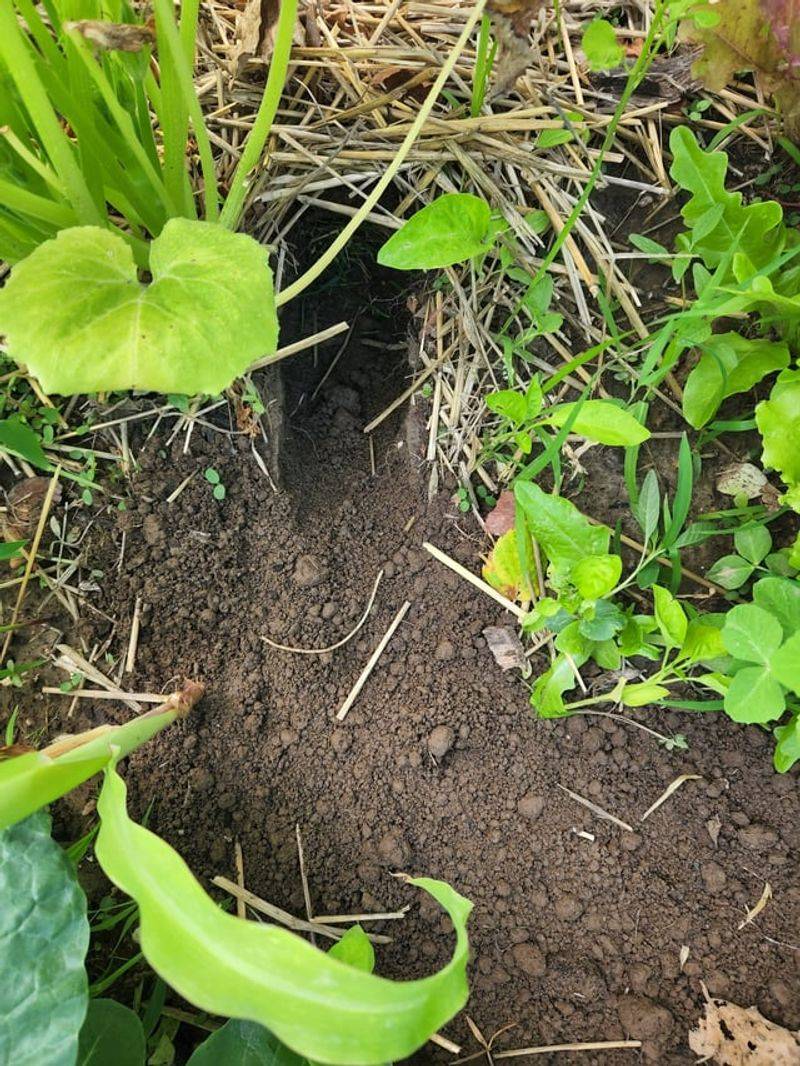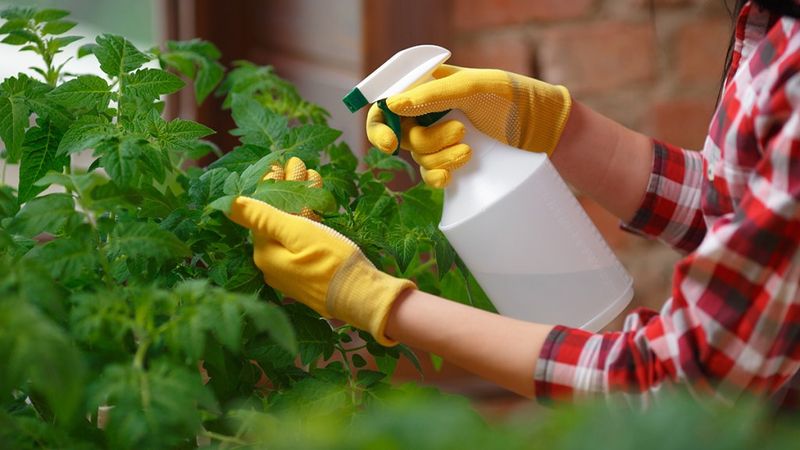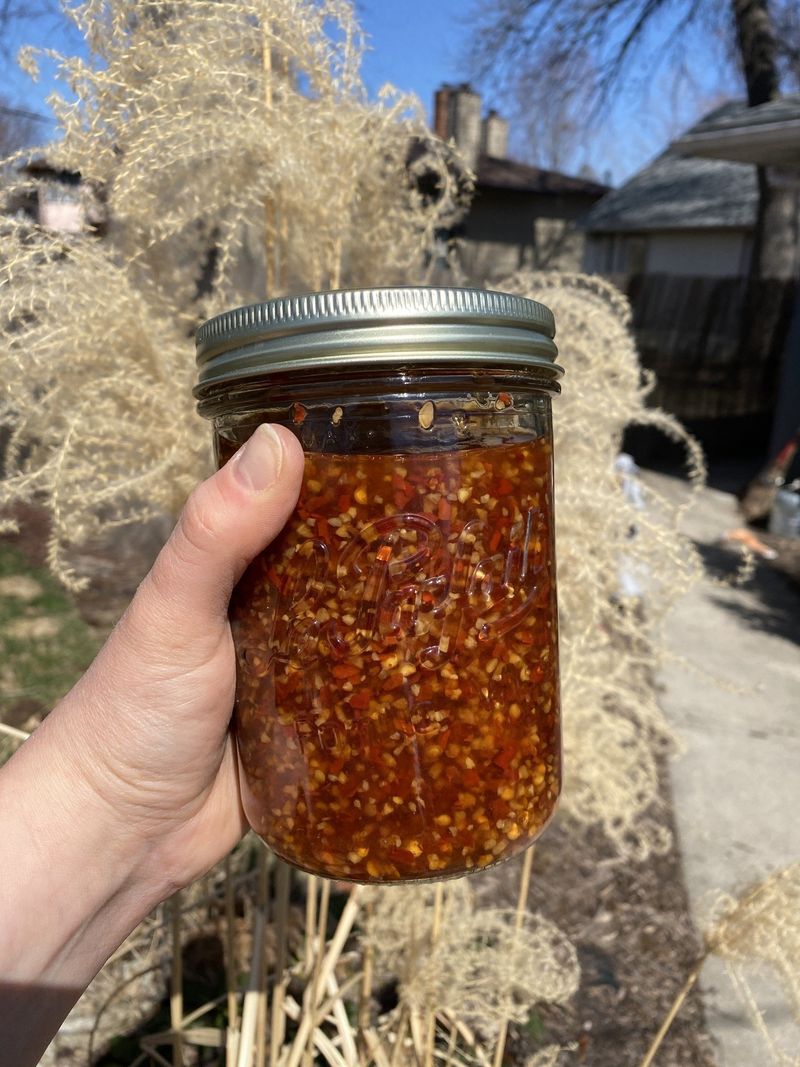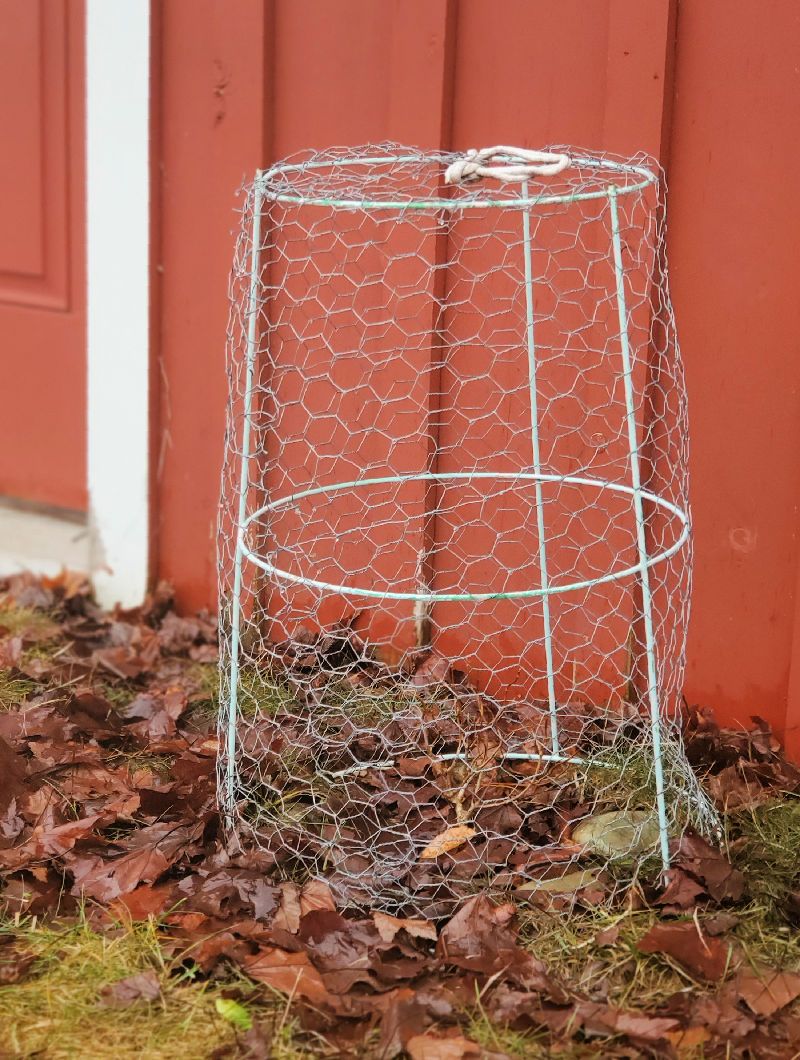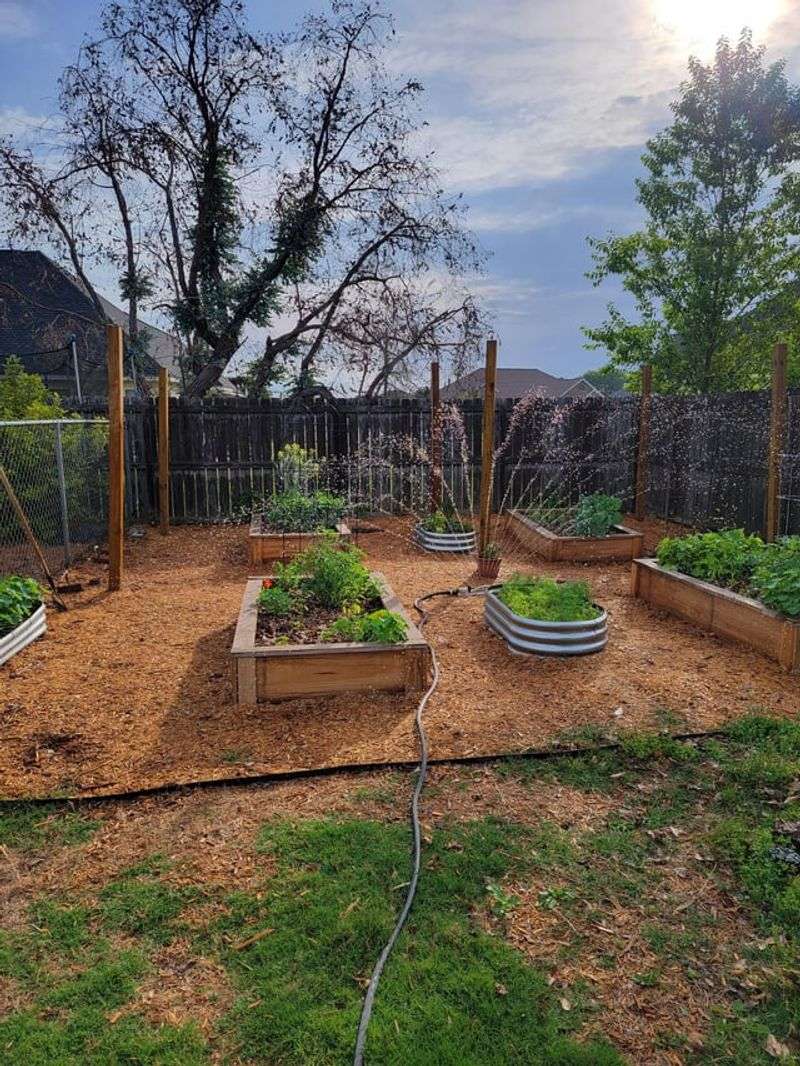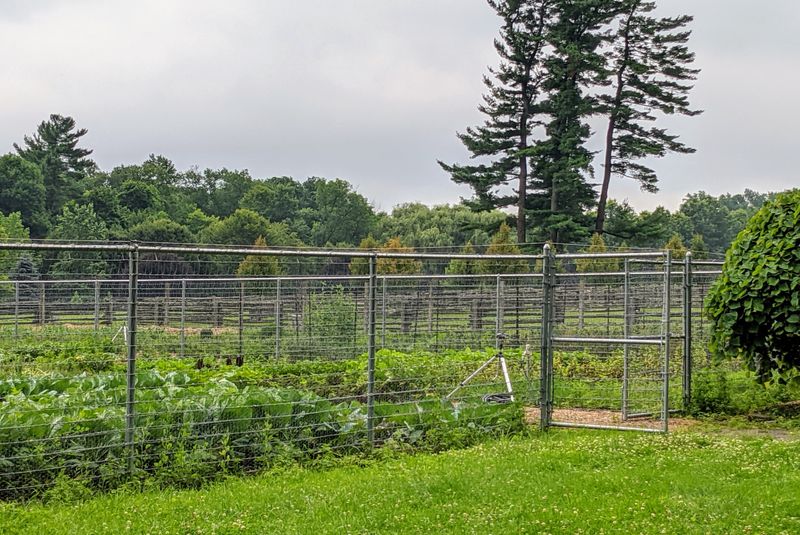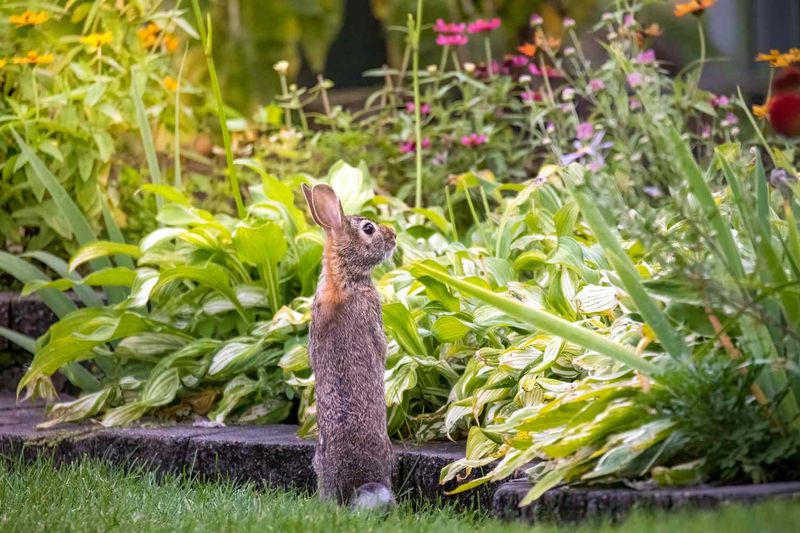Few things frustrate gardeners more than checking on a thriving tomato plant—only to find it nibbled down by hungry rabbits. These cute but destructive visitors can wipe out young plants overnight. Luckily, you don’t need a fortress to protect your tomatoes.
From natural repellents to clever barriers, these 16 proven methods will help keep rabbits out of your garden and your tomatoes safe and sound.
1. Fencing Solutions
Nothing beats a physical barrier when it comes to rabbit prevention. Install chicken wire fencing at least 2 feet high around your garden beds, burying the bottom 6 inches underground to prevent tunneling.
Make sure the openings in the wire are no larger than 1 inch – rabbits can squeeze through surprisingly small spaces! A sturdy fence creates an immediate solution that works regardless of weather conditions or rabbit determination.
2. Raised Bed Gardens
Elevating your tomato plants makes them less accessible to hungry rabbits. Build raised beds at least 2 feet high using wood, stone, or metal materials.
The height creates a natural barrier that most rabbits won’t bother jumping. As a bonus, raised beds improve drainage and soil warming, helping your tomatoes thrive while staying protected from rabbit damage. Your back will thank you during harvest time too!
3. Plant Covers
Fabric row covers provide an effective shield between rabbits and your precious tomato plants. These lightweight materials allow sunlight, water, and air to reach your plants while creating a physical barrier against nibblers.
Simply drape the covers over your plants and secure the edges with rocks or stakes. Remove them during flowering so pollinators can access your plants, or hand-pollinate if keeping them covered throughout the season.
4. Repellent Sprays
Commercial rabbit repellents contain scents and tastes that rabbits find revolting but are harmless to plants. Look for products containing predator urine, garlic, or hot pepper compounds.
Apply according to package directions, typically every 7-10 days and after rainfall. Most sprays need frequent reapplication to remain effective. While not a complete solution on their own, repellents work well as part of a multi-strategy approach to rabbit management.
5. Companion Planting
Strategic planting can naturally deter rabbits from your tomato patch. Surround your tomatoes with plants rabbits typically avoid – marigolds, onions, garlic, or strongly scented herbs like rosemary, sage, and oregano.
These companion plants mask the appealing scent of tomatoes while making your garden less inviting to furry visitors. As an added benefit, many companion plants also deter insect pests and improve tomato flavor through beneficial plant interactions.
6. Motion-Activated Sprinklers
Surprise unwanted visitors with a sudden spray of water! Motion-activated sprinklers detect movement and release a burst of water that startles rabbits without harming them.
Position these devices around the perimeter of your garden for maximum coverage. Rabbits quickly learn to avoid areas where they’ve been sprayed. These systems conserve water by only activating when needed and provide the added benefit of supplemental watering for nearby plants.
7. Ultrasonic Repellers
Modern technology offers a hands-off approach to rabbit control. Ultrasonic repellers emit high-frequency sounds that irritate rabbits but are inaudible to humans.
Solar-powered models require no wiring and work continuously. Place several devices throughout your garden for complete coverage. While not 100% effective on their own, they work well as part of an integrated protection strategy and require minimal maintenance once installed.
8. Predator Decoys
Fool rabbits with fake predators! Realistic owl, hawk, or fox decoys tap into rabbits’ natural fear of predators, making them think twice about entering your garden.
Move these decoys regularly to prevent rabbits from realizing they’re harmless. Some modern decoys include features like reflective eyes, moving parts, or solar-powered movement to enhance realism. For best results, combine with other methods since rabbits may eventually become accustomed to stationary decoys.
9. Scent Deterrents
Rabbits rely heavily on their sense of smell to detect danger. Sprinkle blood meal, bone meal, or predator urine (available commercially) around your tomato plants to create an illusion of predator presence.
Human hair collected from hairbrushes or barber shops can also work – simply stuff it into mesh bags and hang them around your garden. These scent deterrents need refreshing after rain or every couple of weeks as their effectiveness fades with time.
10. Spicy Homemade Spray
Create your own rabbit repellent using kitchen ingredients! Mix one tablespoon of hot sauce with one quart of water and a few drops of dish soap. The capsaicin in hot peppers irritates rabbits’ sensitive noses and taste buds.
Spray directly on plant stems and surrounding soil, avoiding the leaves and fruit. Reapply weekly and after rainfall. This affordable solution uses natural ingredients you likely already have at home and won’t harm your tomatoes or the environment.
11. Individual Plant Cages
Give each tomato plant its own protective fortress! Create cylindrical cages using chicken wire or hardware cloth, making them about 2 feet in diameter and 3 feet tall.
Place these around individual plants, securing them to the ground with stakes or landscape pins. This method provides excellent protection while still allowing easy access for watering and harvesting. The cages also provide support for growing tomato plants, serving double duty in your garden.
12. Distraction Planting
Sometimes the best defense is a good distraction! Plant rabbit favorites like clover, alfalfa, or carrots far from your tomatoes to lure rabbits away from your prized plants.
This sacrificial garden gives hungry rabbits something appealing to munch on instead of your tomatoes. Position these plants at the garden’s edge farthest from your vegetables. While counterintuitive, providing an alternative food source often reduces damage to plants you want to protect.
13. Vinegar Barrier
Create a perimeter barrier using white vinegar to keep rabbits at bay. Soak rags or cotton balls in white vinegar and place them in small containers around your garden’s border.
The strong smell offends rabbits’ sensitive noses, making them avoid the area. Replace the vinegar every few days or after rainfall to maintain effectiveness. This method costs very little and uses a common household product that won’t harm your soil or plants when used this way.
14. Clean Garden Maintenance
Rabbits prefer gardens with plenty of hiding spots. Remove brush piles, tall weeds, and overgrown areas near your tomato plants to eliminate rabbit hiding places and nesting sites.
Regular garden maintenance makes your growing area less attractive and more exposed, which makes rabbits feel vulnerable to predators. Keep a 2-3 foot mowed or cleared buffer zone around your garden to further discourage rabbits from approaching your tomato plants.
15. Coffee Ground Barrier
Used coffee grounds serve as an excellent rabbit repellent while adding nutrients to your soil. Sprinkle a thick layer of coffee grounds around your tomato plants and along garden borders.
The strong smell deters rabbits, and the grounds slowly release nitrogen as they decompose. Collect grounds from your home or ask local coffee shops for their used grounds – most are happy to give them away. Reapply every couple of weeks or after heavy rain.
16. Night Lighting
Rabbits prefer to feed under the cover of darkness. Installing solar garden lights around your tomato plants creates an environment that makes rabbits feel exposed and vulnerable.
Motion-activated lights work especially well, startling rabbits when they approach. The sudden illumination makes them think they’ve been spotted by predators. This method uses minimal electricity while providing the added benefit of making your garden more accessible for evening enjoyment.


